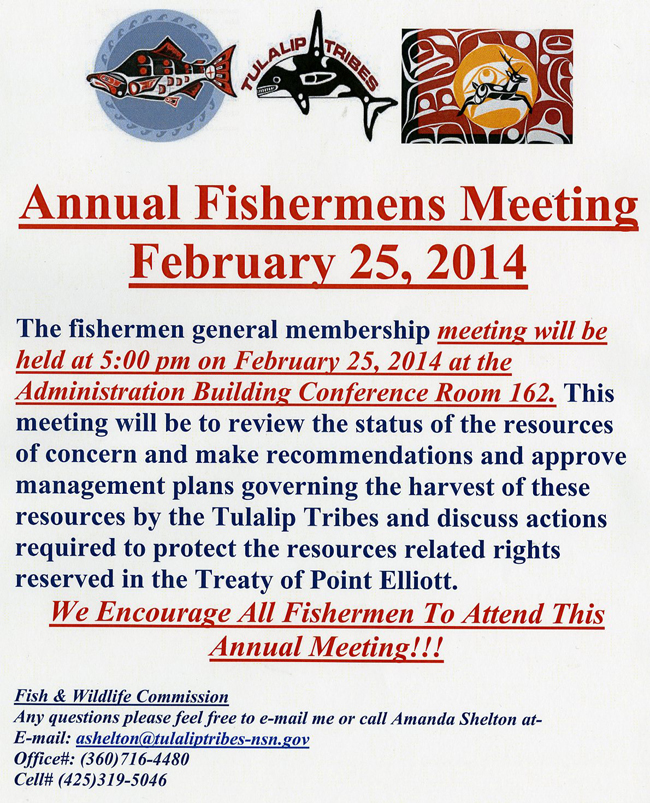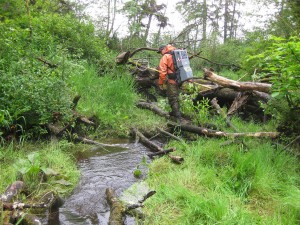By Monica Brown, Tulalip News
Most items can be recycled today and Tulalip’s Solid Waste and Recycling Departments are in the early stages of a long term goal aimed at a zero waste policy. Within the Tulalip Tribes there are 41 buildings, outside of the administration building, that recycle.
Samuel Davis, the coordinator of Tulalip’s Solid Waste and Recycling Department explains that, “It is important to change the mindset of people and the role they can play when it comes to recycling. I really want us all to be stewards of our environment and to look out for the future of our land and our children.”
Currently, the waste disposal budget for Tulalip is $250,000.00 per year and includes all Tulalip Tribal Government entities, along with tribal members that dump at Shelco. “That number is too high so we are trying to find ways, through recycling and other avenues, to lower the amount of waste we send to our land-fills,” Davis states.
While there are multiple locations throughout the admin building to toss recyclables, Davis said they were noticing the bins were not being used as much as they should have been and that a majority of the garbage being hauled out was filled with recyclable items. So, they decided to put a recycling bin at every desk to make it that much simpler for everyone to recycle.
“One of our next steps is to start an educational program on what can be recycled and just how important it is to recycle,” said Davis. Since most items can be recycled, the other issue is the item should be clean when it is tossed into the recycling. The cleaner the container, the more it is worth in the recyclables market. Most recycling facilities sort items by type (paper, plastic, glass, metal) and then by quality. When an item is of poor quality the facility must do more work to get the item in usable shape.
Providing a clean or near clean recyclable item can save money for the city and taxpayers. But, how clean is clean? The container does not need to be squeaky clean, just without food is acceptable. An example would be a finished yogurt cup; the yogurt has been all scooped out and can be tossed in the bin but if you were to lightly rinse out the container that will make it better quality.
The white paper cups provided at the admin building and at nearly every coffee stand are not recyclable. This information had me personally reconsidering what I use to eat my morning oatmeal. The cups have an inner plastic coating that keeps the paper from absorbing liquids but makes the cup very difficult to recycle. Although the white cups are not recyclable the Styrofoam provided at the admin is. Davis explains, “Styrene foam (Styrofoam) is ground up, compressed and densified into blocks, which are then manufactured into plastic products such as picture frames, TV & computer cases, office equipment and other plastic products. There are only a few companies in the area that do recycle Styrofoam and we are in the process of working with them to get bins for that purpose.”
At the admin, if everyone brought in their own reusable containers, coffee cups and water bottles this would reduce the amount of waste hauled out, which is not only good for the Tribe’s budget but also the environment. Check the Waste Management website at www.wmnorthwest.com for more detailed information about recycling do’s and don’ts.
While most items can be recycled here is a list of items that can’t be recycled: soiled paper, soiled cardboard, wrapping paper, laminated paper, paper covered in foil, frozen-food boxes, blueprints, thermal fax paper, pet food bags and dryer sheets.















